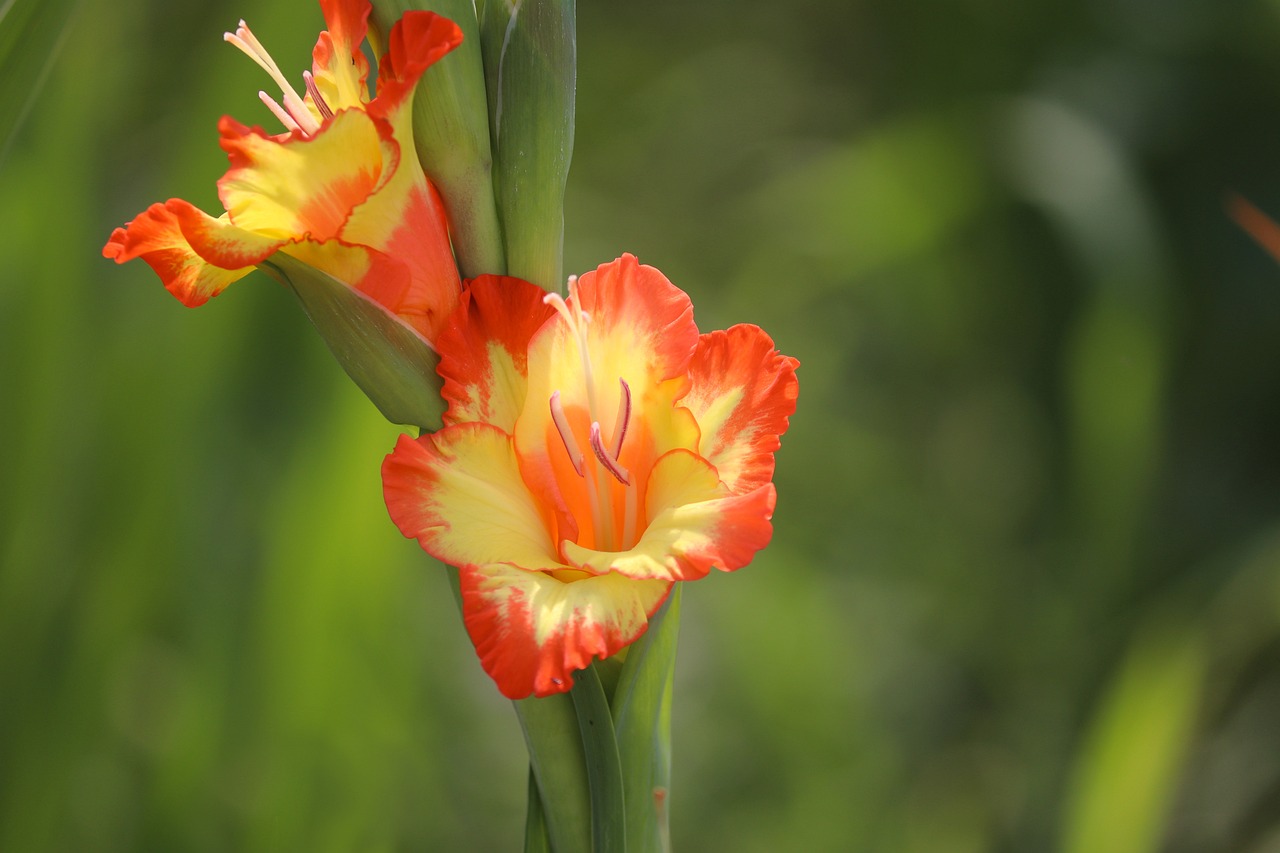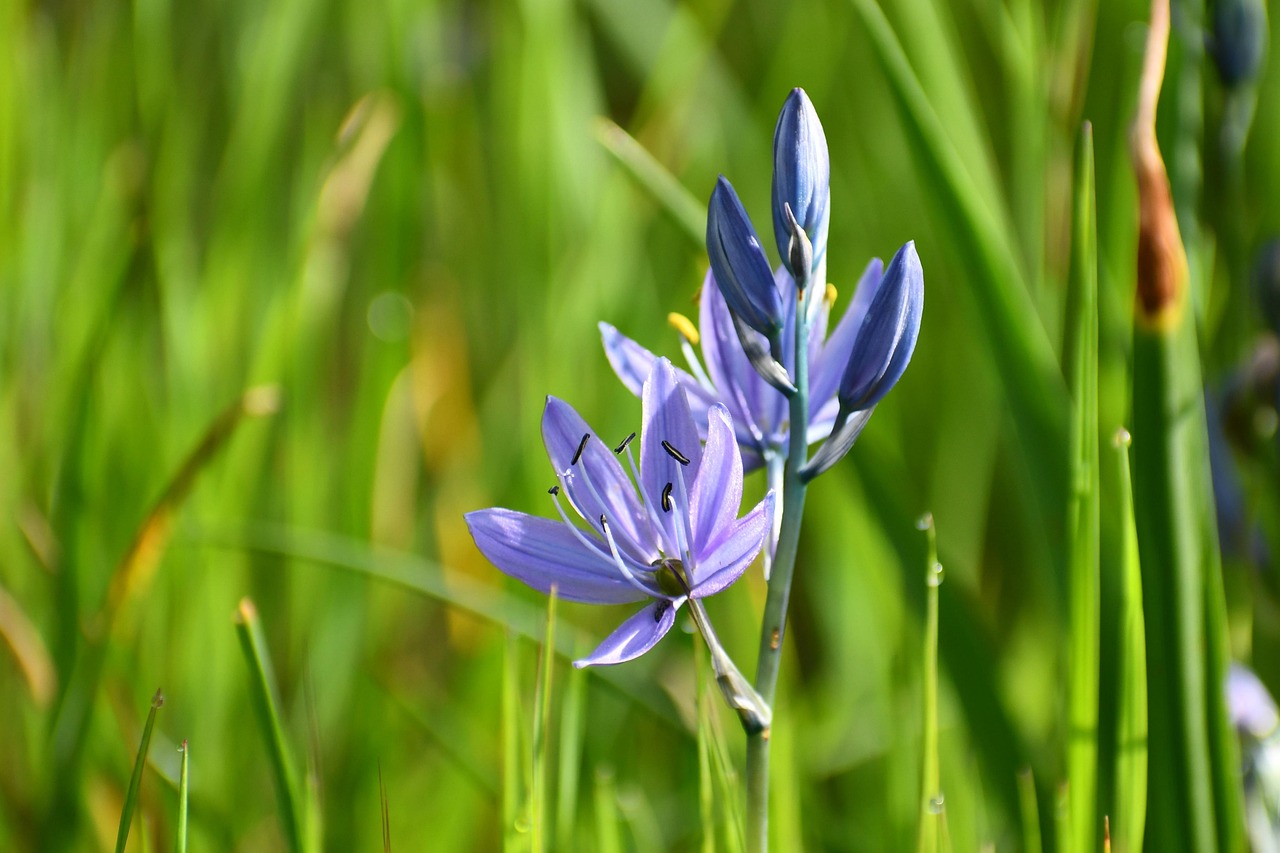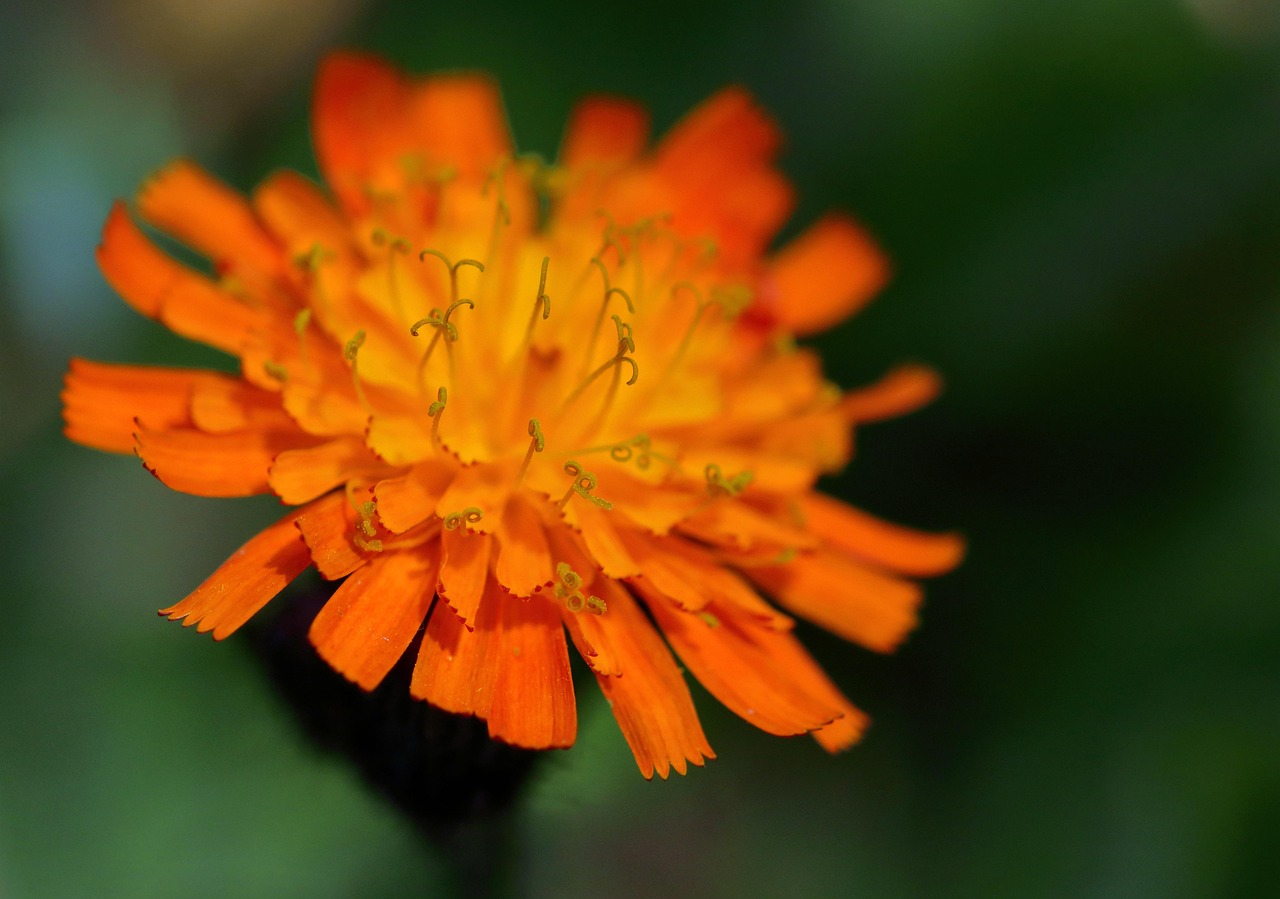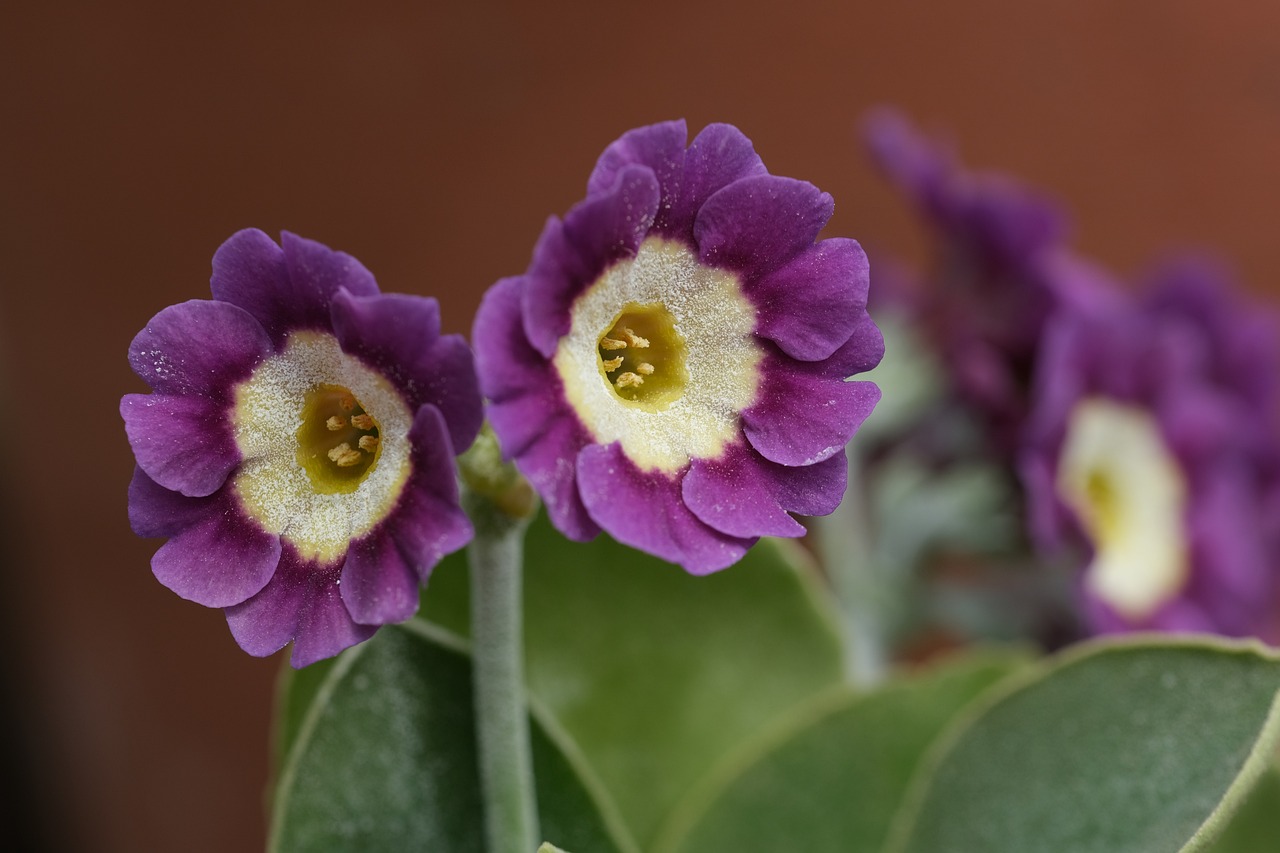Globularia | Blue Blossoms of the Mediterranean
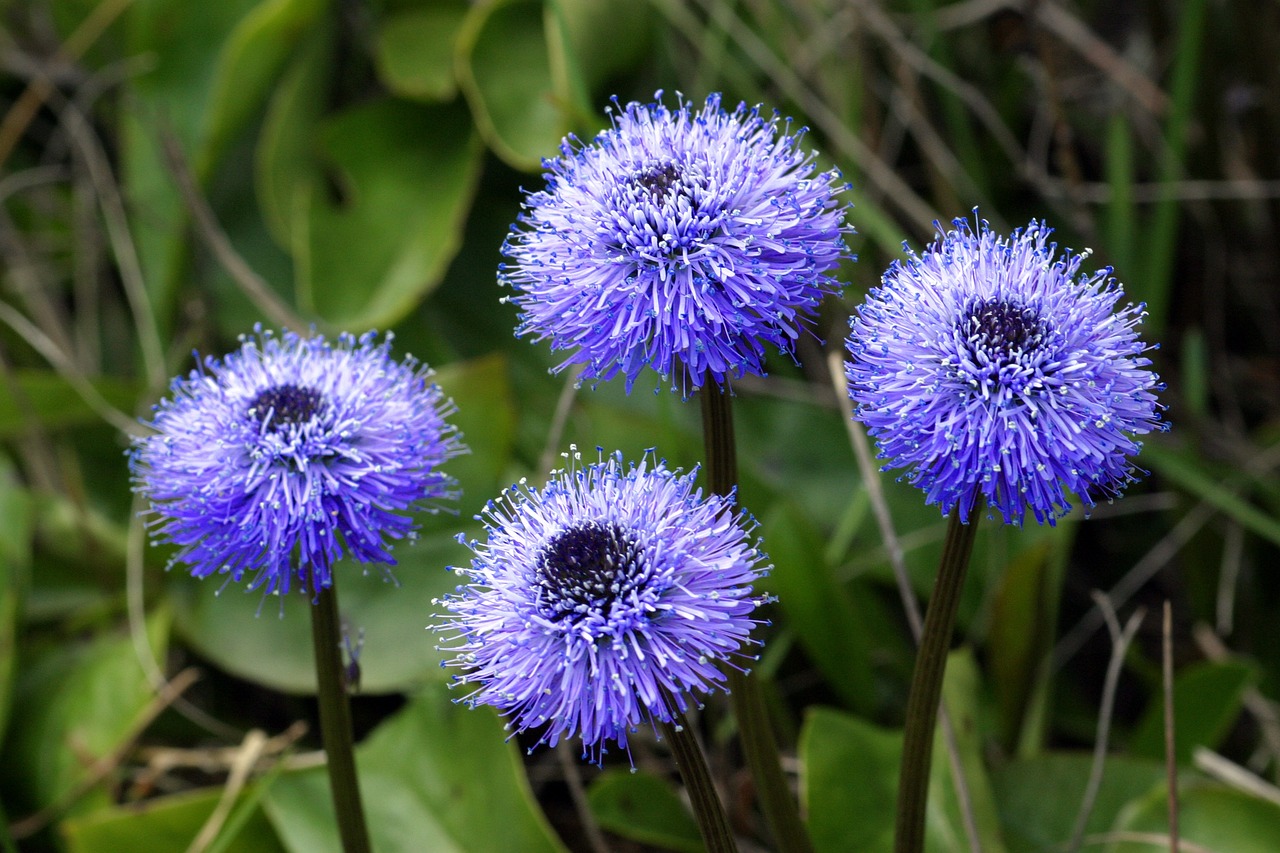
I introduce Globularia, a charming plant distinguished by its round bluish-purple flowers and slender stems. Because of its lovely appearance, it is also called “Blue Eye” or “Golf Ball Flower,” and it is popular in gardens and rock gardens.
In this article, I will explain in detail the basic information about Globularia, its cultural and historical significance, and tips for successful cultivation.
Basic Information
- Scientific name: Globularia spp.
- Family: Plantaginaceae
- Origin: Mediterranean coast, Southern Europe
- Appearance: Globularia produces spherical flower heads, usually bluish-purple or white. The dense clusters of tiny flowers form a rounded shape, adding a delicate accent to gardens. The leaves are small, oval, and dark green.
- Blooming season: From spring to early summer, with a relatively long flowering period.
Cultural Significance Worldwide
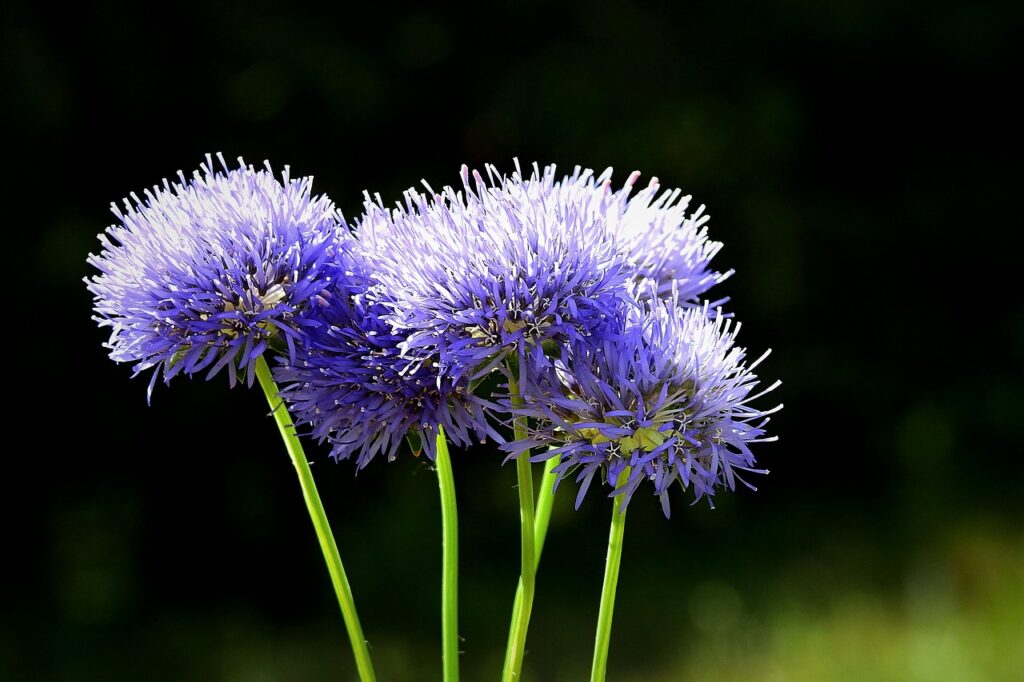
Due to its unique spherical flower shape, Globularia is valued in Europe as an eye-catching accent in garden design.
In Mediterranean regions such as Italy and Spain, it is recognized as an essential plant for rock gardens and dry landscapes.
It is also cherished as a flower symbolizing “harmony,” inspired by its name. Its simple and balanced form is associated with peace and stability, and it is often used for gifts or decoration.
Historical Background
Records of Globularia date back to medieval Europe, where its beauty led to its cultivation in monastic and noble gardens.
It was already described in 16th-century herbals, showing that it had been grown as an ornamental plant for centuries.
In the 19th century, British plant enthusiasts popularized it, incorporating it into Victorian-style gardens. Its presence in the wild on Alpine and Mediterranean rocky slopes also drew attention, and it was frequently featured in horticultural books during the rock garden boom.
Gardening Advice
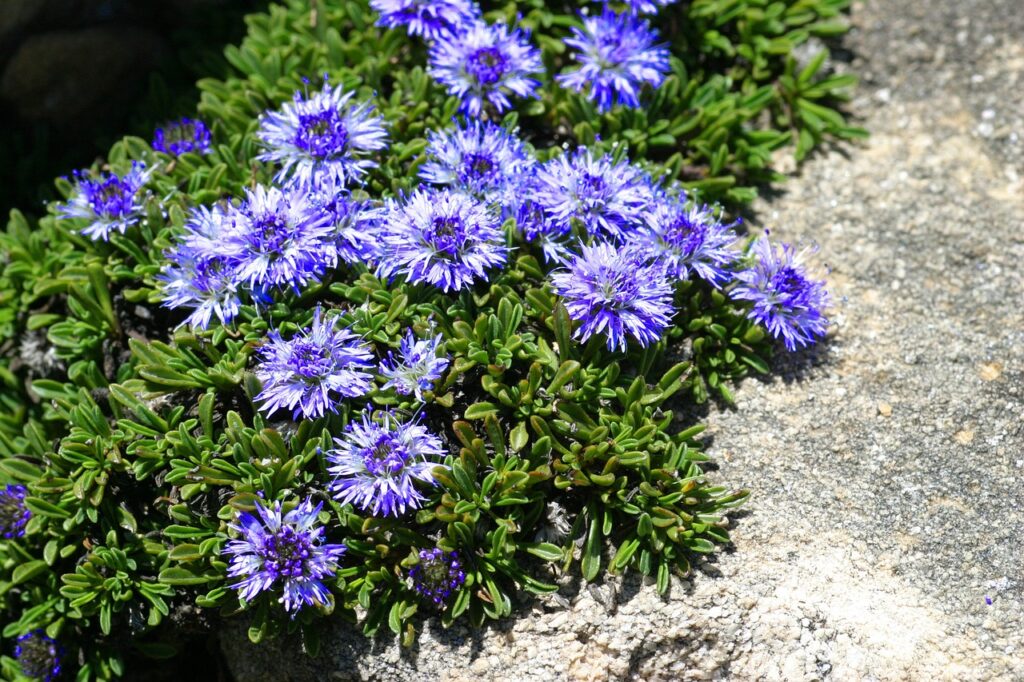
Globularia is hardy and easy to grow, making it suitable for both rock gardens and containers. Here are the main points for cultivation:
Sunlight
Prefers full sun but also grows in partial shade. Thrives in relatively dry conditions, reflecting its Mediterranean origin.
Watering
Water thoroughly after the soil has dried. Avoid excess moisture and ensure roots do not remain waterlogged.
Soil
Requires well-drained soil. Sandy soil for rock gardens or a mix of cactus soil with compost for pots works well.
Fertilizer
Apply diluted liquid fertilizer once a month during the growing season. Avoid over-fertilization to prevent root weakness.
Pruning
Regularly remove wilted flowers to encourage continuous blooming. If the plant becomes untidy during winter, light pruning in early spring helps reshape it.
Overwintering
In colder regions, keeping it in pots and moving it indoors is recommended. Although hardy, it should be protected from direct frost.
Conclusion
I find Globularia to be a beloved plant among gardeners for its unique floral form and ease of cultivation.
It brings a Mediterranean touch to gardens and pots, while also offering cultural and historical appeal.


